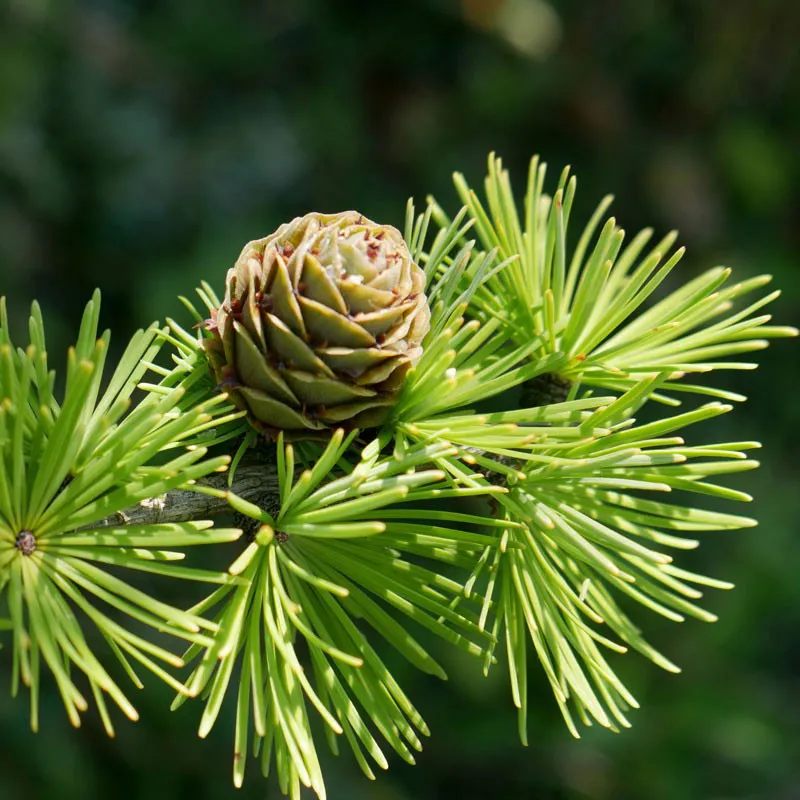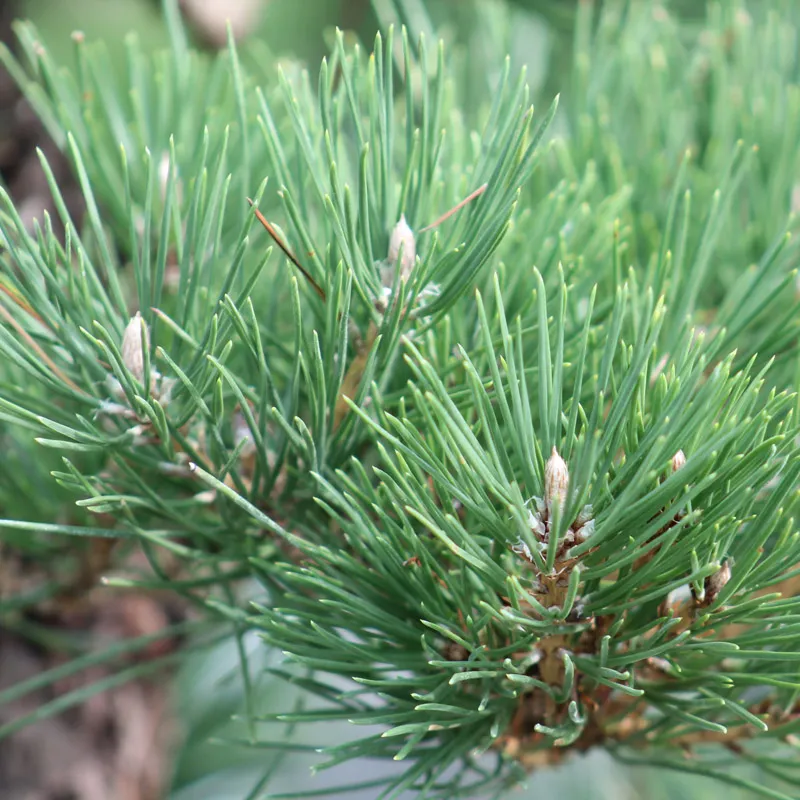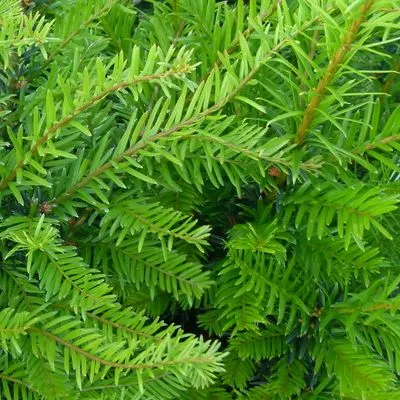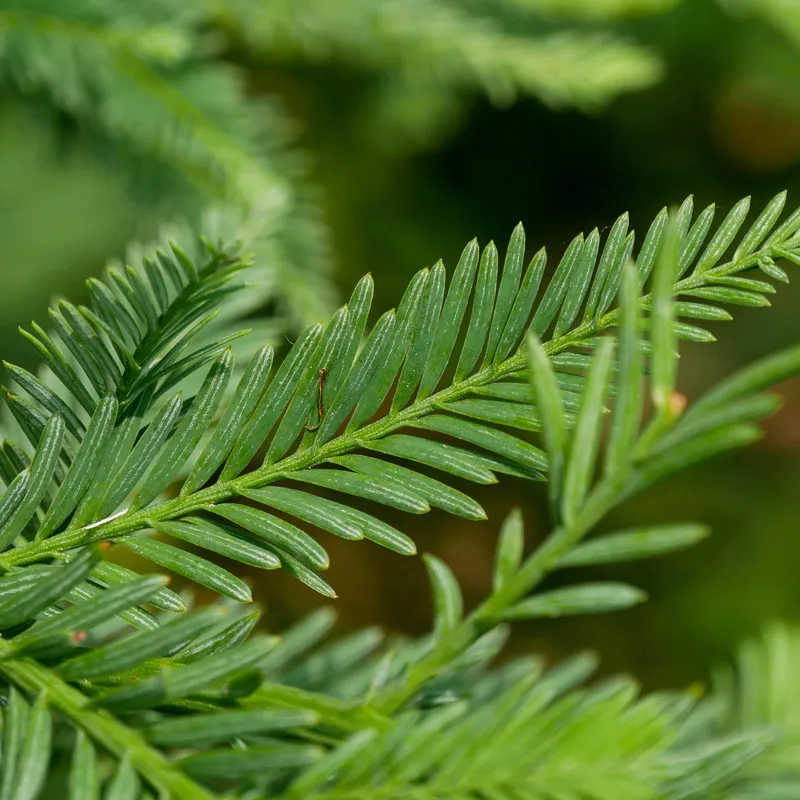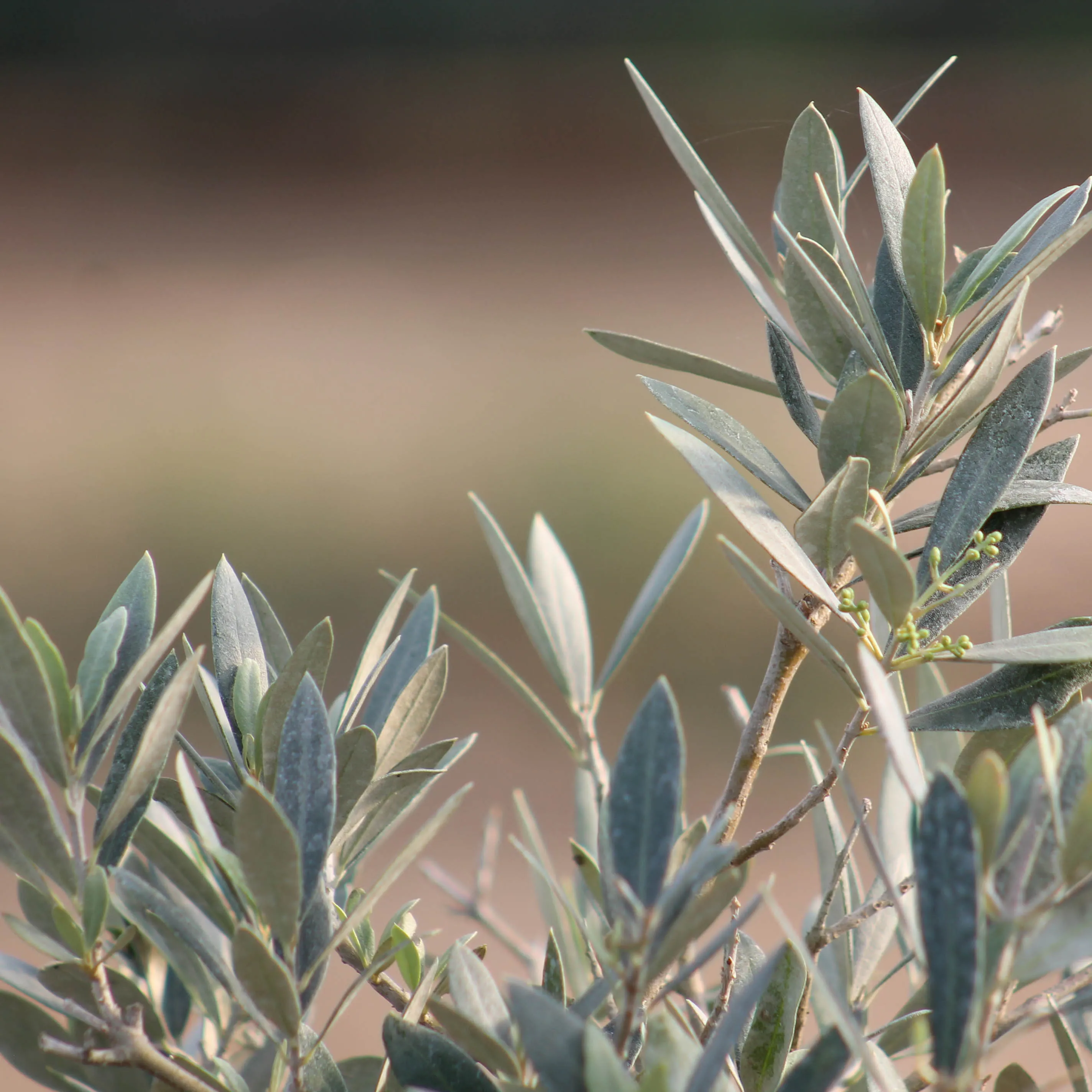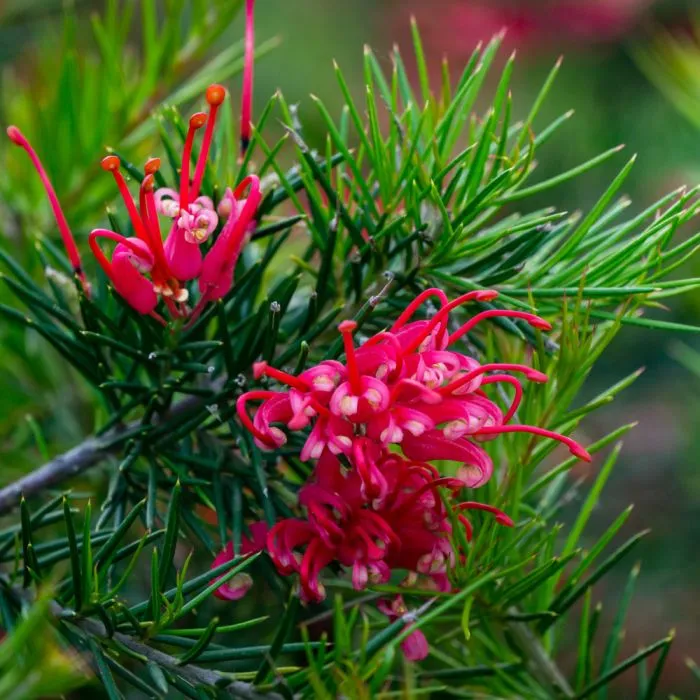Hornbeam is one of those iconic bonsai trees. There are about forty species, including the common hornbeam which is endemic to our regions. It lends itself to training in a single tree as well as in a forest, it is very easy to grow, these are all more reasons to make it a place in your collection.
A tree from our regions with charm
When walking in the forest, it is not uncommon to see hornbeams. They are widespread throughout Central Europe, and are also widely used for coppice or hedgerows.
Hornbeam is easily recognizable by its smooth, grayish bark, as well as its alternate, slightly serrated leaves. However, it is sometimes confused with the beech tree, which also has a greyish bark.
How do you recognise a beech tree? Remember the maxim " Adam's charm is to be naked ". The leaves of hornbeam are slightly serrated, while those of beech (in addition to being thicker and tougher) have small hairs underneath.
In bonsai, the common hornbeam (Carpinus Betulus) has often been relegated to second choice compared to the Korean hornbeam (Carpinus Coreana). The latter has smaller leaves, and in autumn they turn orange-yellow.
Still, the common hornbeam has nothing to be ashamed of as it offers one of the most beautiful yellow foliage in the fall. And now that it is more difficult (if not impossible) to import bonsai from Asia on a massive scale, the common hornbeam is starting to regain its letters of nobility.
It is also important for us to highlight bonsai trees made from local trees, which are perfectly adapted to our climate and are more resistant. In short, if you want to avoid growing difficulties, choose species that grow naturally around your home!
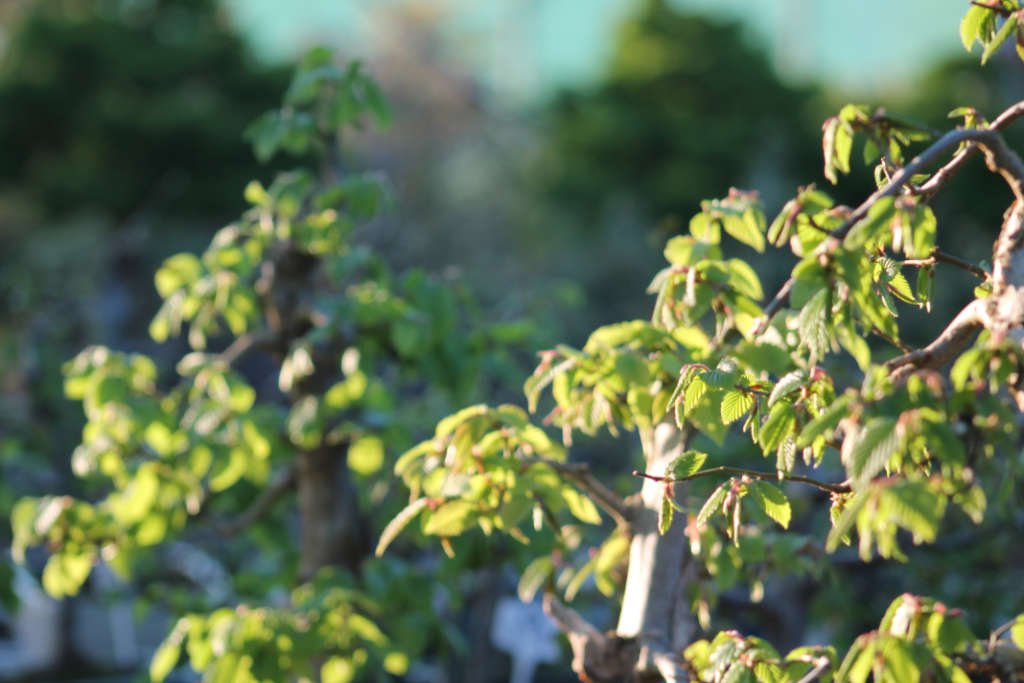
Charm, the king of the forests
Trees to create a beautiful bonsai forest are not that common. We often think of Japanese maples, and yet the common charm also lends itself wonderfully to this style of training.
If you're looking for a species to make a multi-trunk, hornbeam is also a good candidate. Despite its slow growth, the base of the trunk widens quite easily, making it possible to make a beautiful fusion of the nebari of several hornbeams.
Do not hesitate to contact us for your forest or multi-trunk creation projects!
While hornbeam can form in many styles, it's not a mountain tree either. We should therefore avoid cascading shapes or those that are a little too tortuous. It is a tree of our countryside, a quiet tree!
How do you grow and maintain a bonsai charm?
It is one of the easiest trees in bonsai, and many beginners have given their first scissors on a hornbeam. It is resilient, very insensitive to diseases and will forgive some of the growing mistakes that are inevitable when you start the art of bonsai.
Location
Hornbeam likes the sun, but not excessively, especially in bonsai. Rather, it should be considered and cultivated as a semi-shade essence.
In spring, you can leave it in full sun, which will promote smaller internodes and leaves. But as soon as the hot weather arrives (usually from the end of June), it is preferable to install it in an east-facing location. This way, it will receive the morning sun and find itself shaded in the afternoon, which will help it better withstand periods of high heat.
The installation of a shade is also a good option, in order to modulate the shade according to the climatic conditions and in particular to protect your bonsai during a heat wave.
As early as September, you can put it back on in full sun; Its leaves will gradually turn yellow and then turn brown. They will stay on the tree until the following spring (unless you remove them for pruning).
It is a species that tolerates frost quite well down to -10°C. Beyond that, it is imperative to protect the roots, for example by surrounding the pot with bubble wrap and placing it out of the wind.
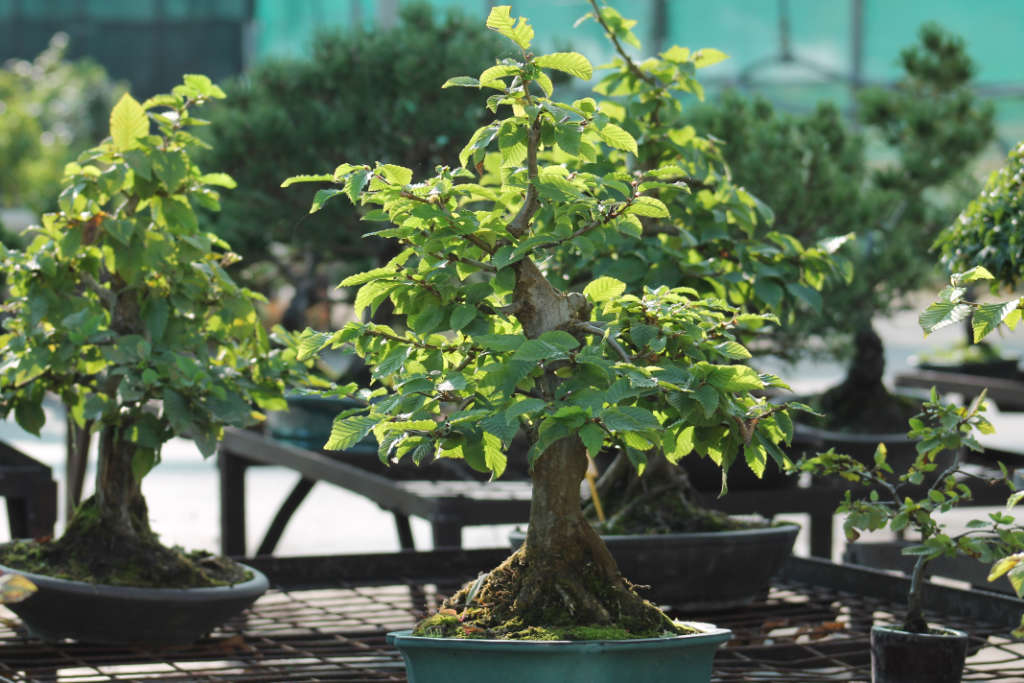
Repotting
Prune the roots in the spring, just before vegetation starts, i.e. just before the buds start to open. Avoid repotting in the middle of winter when the hornbeam is in full vegetative dormancy, as there is almost no root activity and the cuts will not be able to heal until spring.
Just before bud break, even if there does not seem to be any change in the aerial part, the sap has already been circulating for a few weeks in the roots, trunk and branches. When you go to prune the roots, new ones will quickly appear in the cuts.
The hornbeam repots every 2 or 3 years, and for a more mature bonsai, you can space it out a little more. We don't repot according to a schedule, but because the tree needs it. Feel free to remove the tree from its pottery and check if the root bread is very compact. If you can stick a stick into the root ball without much resistance, then wait another year.
Use pottery with a bit of depth. Hornbeams like cool soils; With a very flat cut, the substrate will dry out too quickly.
At the nursery, we use a draining substrate but with a good proportion of organic matter in order to retain moisture and keep the soil cool (agricultural soil composed of black peat, blond peat, topsoil, horse manure, pozzolana).
Watering
Your bonsai will "do like a charm " if you give it enough water, but not too much either. As soon as the surface of the substrate is dry, you can water copiously, until the water drains through the drainage holes.
In summer, it's watering every day. For a small bonsai, it's even several times a day! That's why it's important not to grow in pottery that is too flat and not to put the tree in full sun when it's very hot.
Fertilization
As soon as the first growth of spring has lengthened (in May), you can start applying fertilizer. Use a fertilizer balanced in NPK and don't hesitate to reapply every 2 months, until October. On a bonsai that you want to fatten, you can fertilize a little more often.
Remember that fertilization is only effective if it is accompanied by good watering. So don't let the substrate dry out too much, otherwise your fertilizer won't do any good!
How do you prune a bonsai hornbeam?
There is no particular technique to apply to this tree. It is worked in the same way as a deciduous bonsai.
In winter, prune the structure by cutting off all the branches that are unnecessary for aesthetics. The hornbeam withstands severe pruning well, so you can easily remove a branch without endangering it. Depending on the size of the cut, complete healing will take place within a few years.
Since hornbeam leaves don't fall off in winter, you'll need to remove them yourself so you can get a better look at the tree's structure. But avoid pulling them out by hand, instead cut the petiole with a pair of scissors.
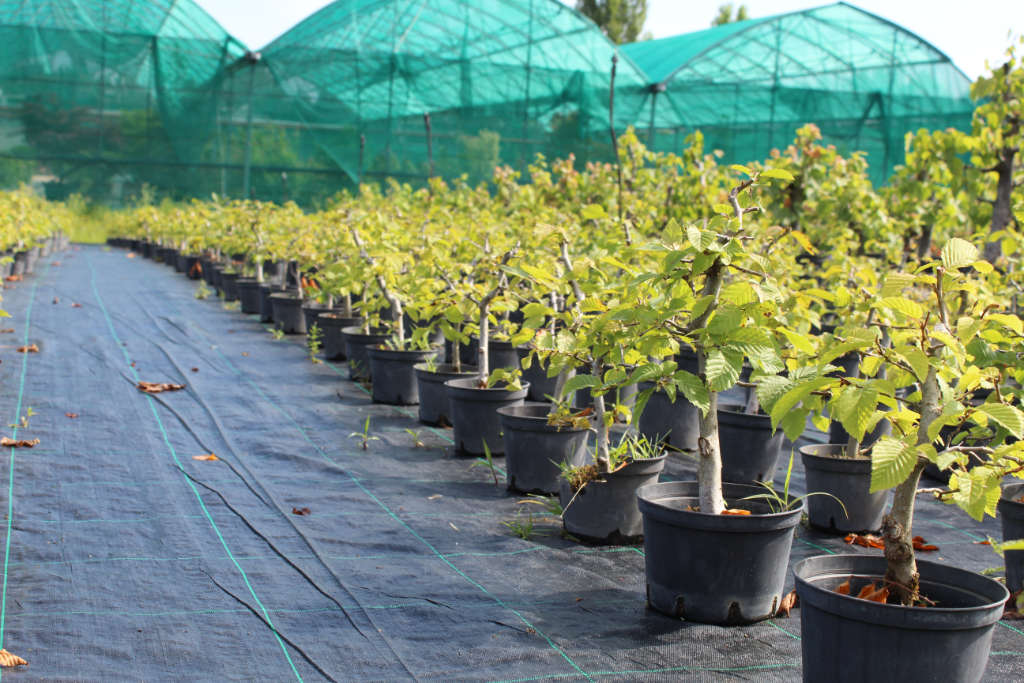
During the growing season, from spring to fall, regularly prune the twigs that protrude from the tree's profile to branch it out. However, you must "let it go " before taking out your pair of scissors; Pruning is done only when the twig begins to lignify, i.e. it turns into wood. (See article: How to Prune a Bonsai).
Generally, you will see that when the twig has made 7 to 10 leaves, it loses its soft green color to become brown (wood). Prune on the lignified part, leaving 2 leaves (do not prune too close to the leaf so as not to damage the latent bud, cut a good centimeter above the leaf).
Hornbeam is a tree that branches quite well and buds easily from behind. You'll see new shoots growing on the branches.
During the summer (from July), don't hesitate to cut the large leaves in half, so that the light can penetrate inside the tree, and thus allow the small branches that are there to develop.
It is possible to defoliate a hornbeam, but this is a technique that we do not recommend. Simply by removing and/or cutting off the large leaves, we obtain a comparable result, without stressing the tree by asking it to spring a second time.


 Production of French Bonsai
Production of French Bonsai















